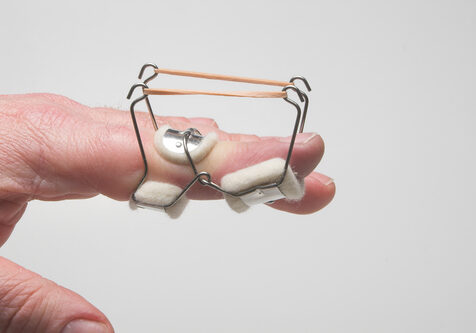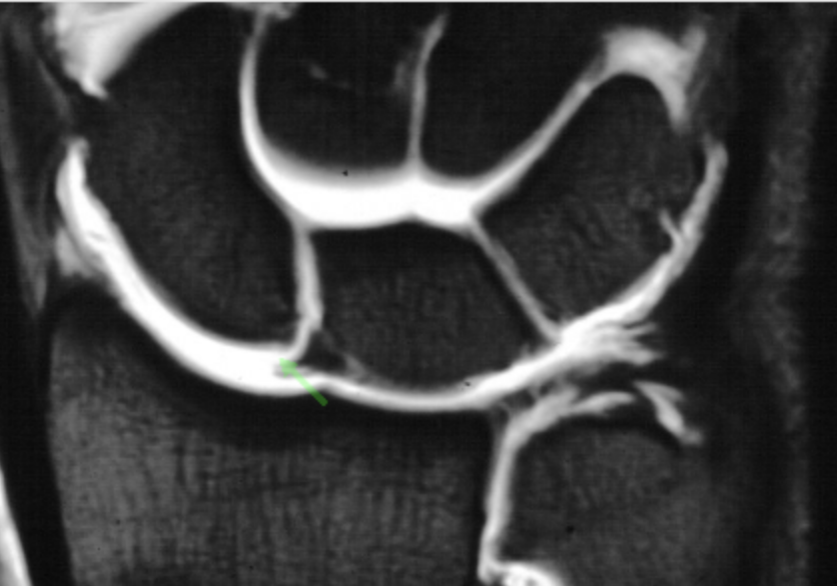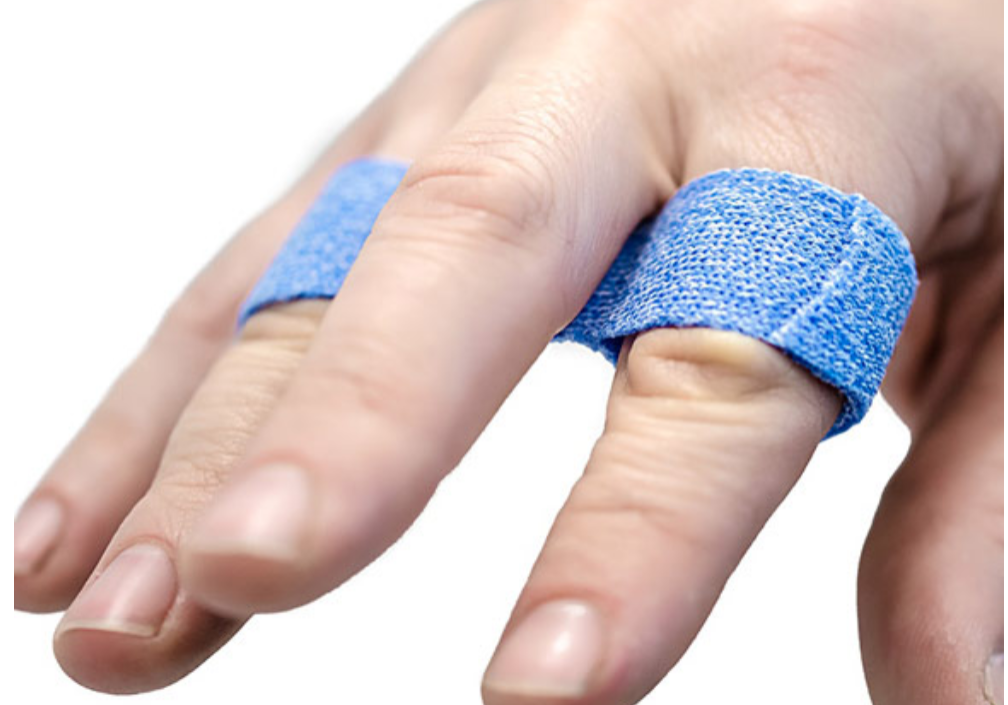Wound Healing Complications in Diabetic Patients who have undergone a Carpal Tunnel or Trigger Finger Release
Filed under Reviews
By: Amalia Garcia
Gundlach, B. K., Robbins, C. B., Lawton, J. N., & Lien, J. R. (2021). Wound Healing Complications in Diabetic Patients Undergoing Carpal Tunnel and Trigger Finger Releases: A Retrospective Cohort Study. The Journal of Hand Surgery, S0363502321003014. https://doi.org/10.1016/j.jhsa.2021.05.009
The Skinny – carpal tunnel and diabetes
In general, individuals with diabetes are more likely to experience adverse complications in general compared to individuals without diabetes after surgical procedures. The primary aim of this retrospective cohort study was to determine if diabetic patients are at risk for wound healing complications (for example, bruising after carpal tunnel surgery) in comparison to patients without diabetes specifically after carpal tunnel and trigger finger release procedures. The secondary aim of this study was to determine if diabetic patients with poor glycemic control around the time of surgery had more wound healing complications compared to diabetics with good glycemic control.
In the Weeds:
The authors of this study reviewed the charts of patients from their hand surgery institution who had undergone a carpal tunnel release (CTR) or trigger finger release (TFR) over a 4-year period. 259 diabetic patients who underwent 335 CTR and TFR procedures and 259 nondiabetic patients who underwent 337 procedures were included in this study. Patients were excluded if they had undergone additional procedures such as a distal radius fracture, presence of autoimmune conditions, hypothyroidism, malignancy, systemic immunosuppression/steroid use, or chemotherapy. Nondiabetic patients were chosen approximately by a 1:1 ratio of TFR/CTR procedure. Any patient who had undergone more than one procedure at a time was considered as a single encounter and patients who had undergone multiple procedures at different times were included if the procedures were 3 or months apart. Hemoglobin A1C (HgA1C) values were collected from the patients’ charts or other shared medical records. Wound healing assessment was taken from the documentation of the first postoperative visit which was about 2 weeks post-surgery. Wound healing complications were documented as delayed wound healing, continued serous drainage, wound dehiscence, or surgical site infection. Statistical analysis using the Student t-test and chi-square test was done to determine the difference between each of the groups and variables (to determine signs of infection after carpal tunnel surgery).
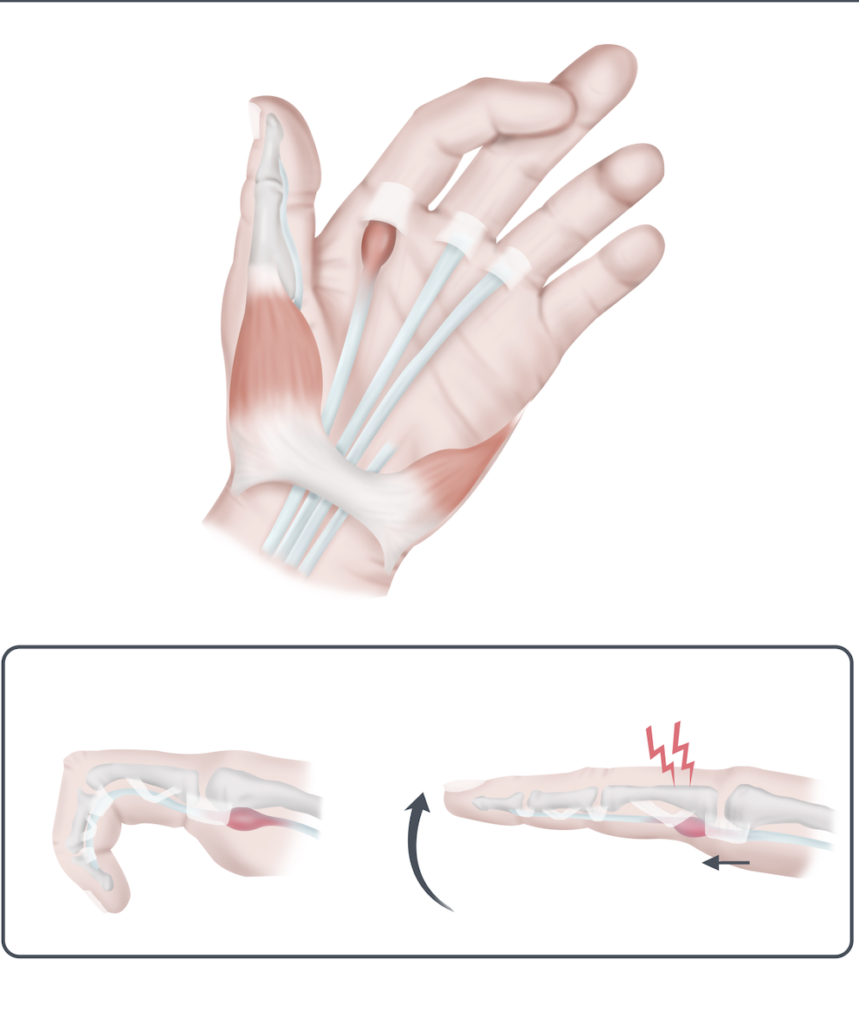
Bringing it home:
This study found that diabetic patients were statistically more at risk for postsurgical wound healing complications than nondiabetic patients for CTR and TFR procedures. There were 36 wound complications in the diabetic group with 24 infections that required antibiotics, 9 wounds with dehiscence, and 3 wounds with serous drainage. There were 9 wound healing complications in the nondiabetic group with 4 infections needing antibiotics, 2 delayed wound healings, and 1 wound with serous drainage. Per procedure, the incidence of complications came out to 10.7% for the diabetic group and 2.7% for the nondiabetic group. The odds ratio for diabetic patients’ risk for postsurgical wound complications was 2.66. 30 out of the 36 diabetic patients with wound complications had a HgA1C value of 6.5% or higher.
The takeaway from this study from a clinical perspective is that wound assessment post-CTR and TFR procedures in diabetic patients are crucial in order to detect signs of complications. It is essential to document all aspects of the surgical site including suture integrity, color, bruising, drainage, edema, and any signs of dehiscence or infection at each visit until the wound is healed. It is also important to educate diabetic patients on the importance of wound care at home to prevent delayed wound healing or infection.
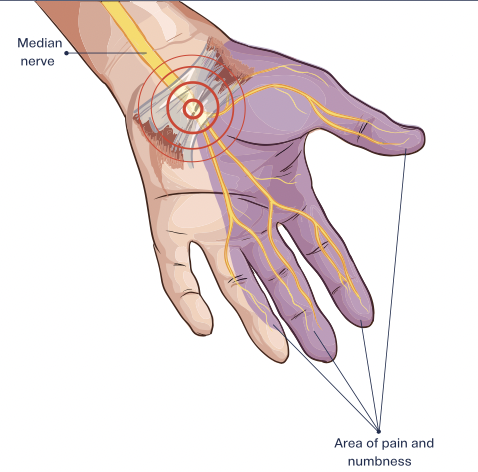
3 out of 5:
This was the first study to look specifically at wound healing in diabetic patients after CTR and TFR procedures, which are two very common conditions seen in a hand therapy clinic. The incidence of diabetes mellitus is only increasing and it is important for therapists to understand how the condition can impact their patients’ healing in comparison to patients without diabetes.
This study did have many limitations including the absence of direct patient-to-patient matching between diabetic and nondiabetic patients, therefore the nondiabetic group was not a true control group. The study was only able to use wound assessment data up to 2 weeks post-operation because many patients did not require any additional follow-up appointments. This limits the data of complications that may have occurred after 2 weeks post-operation. Lastly, there was a low number of wound healing complication occurrences, suggesting the sample size could have been larger. Overall, the study provided statistically significant data that demonstrates the increased risk of wound healing complications in the diabetic population for two commonly seen hand diagnoses.
WebMD. (n.d.). HbA1c (Hemoglobin A1c): A1c Chart, TEST, levels, & normal range. WebMD. Retrieved September 14, 2021, from https://www.webmd.com/diabetes/guide/glycated-hemoglobin-test-hba1c.
U.S. National Library of Medicine. (n.d.). Carpal tunnel surgical PROCEDURE: Medlineplus medical Encyclopedia image. MedlinePlus. Retrieved September 14, 2021, from https://medlineplus.gov/ency/imagepages/19250.htm.
Mayo Foundation for Medical Education and Research. (2020, October 20). Trigger finger. Mayo Clinic. Retrieved September 14, 2021, from https://www.mayoclinic.org/diseases-conditions/trigger-finger/symptoms-causes/syc-20365100.
More To Read
Management of the Stiff Finger: Evidence and Outcomes
Title: Management of the Stiff Finger: Evidence and Outcomes Reference: Yang, G., McGlinn, E. P., & Chung, K. C. (2014). Management of the stiff finger: Evidence and outcomes. Clinics in Plastic Surgery, 41(3), 501–512. https://doi.org/10.1016/j.cps.2014.03.011 Article Review By: Tommi Hintnaus The Skinny: This study focuses on understanding and managing finger stiffness, a condition characterized by…
Read MoreScapholunate Wrist Injuries in Hand Therapy
Scapholunate Wrist Injuries in Hand Therapy In outpatient hand therapy, we get a variety of referrals ranging from post-operative patients to those looking to avoid or prolong surgery. These referrals come from a variety of sources ranging from primary care doctors to experienced hand surgeons. The therapy orders can be vague to very specific. …
Read MoreA randomized clinical trial comparing early active motion programs: Earlier hand function, TAM, and orthotic satisfaction with a relative motion extension program for zones V and VI extensor tendon repairs
By Brittany Day Collocott SJ, Kelly E, Foster M, Myhr H, Wang A, Ellis RF. A randomized clinical trial comparing early active motion programs: Earlier hand function, TAM, and orthotic satisfaction with a relative motion extension program for zones V and VI extensor tendon repairs. Journal of Hand Therapy. 2019. doi:10.1016/j.jht.2018.10.003 The Skinny- This is…
Read MoreSign-up to Get Updates Straight to Your Inbox!
Sign up with us and we will send you regular blog posts on everything hand therapy, notices every time we upload new videos and tutorials, along with handout, protocols, and other useful information.


